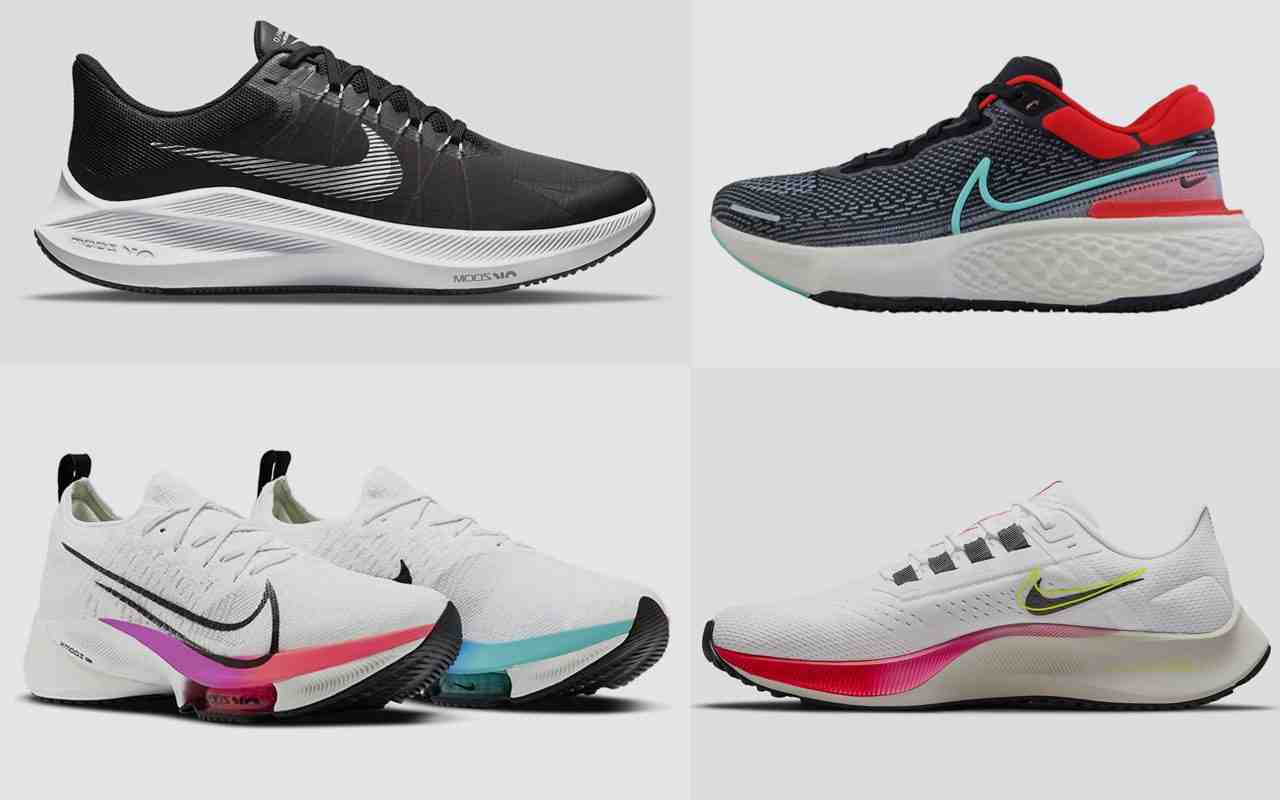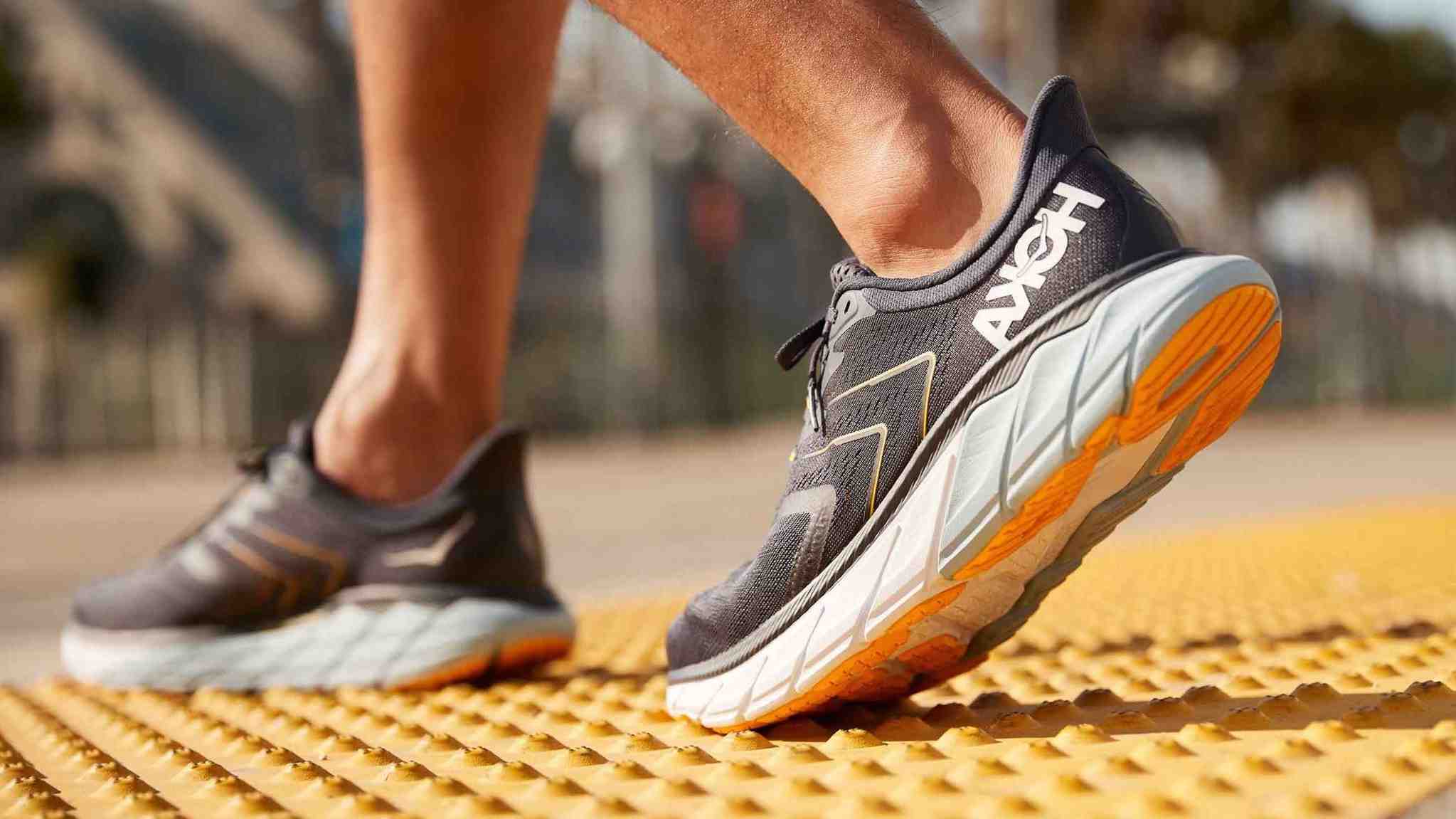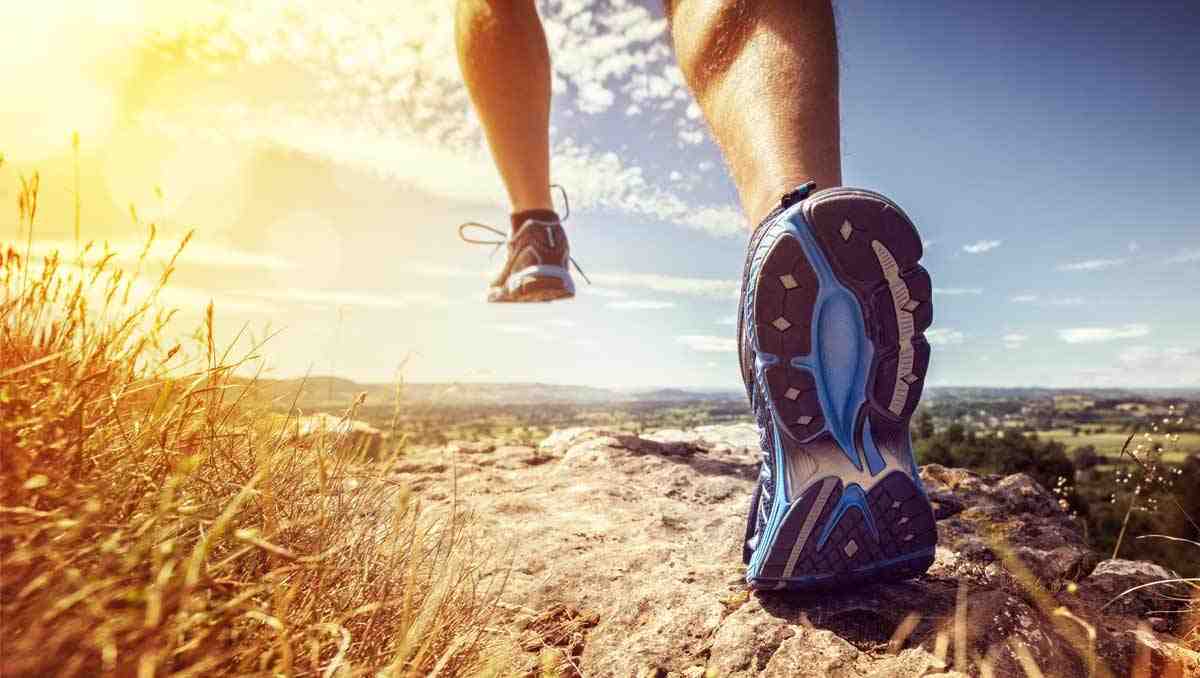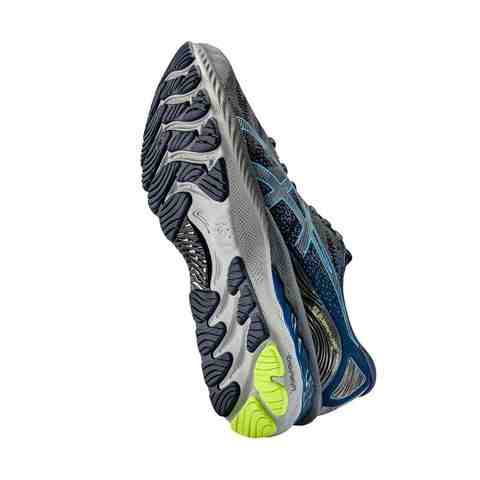Comment acheter les meilleures chaussures de course pour vous
Whether you’re starting out running for the first time or you’re looking for a running shoe that’s a better fit for those long Sunday marathon training runs, making sure you’re putting the right kind of shoes on your feet is arguably the most important investment you’re going to make.
That way you’ll make sure you’ve got a shoe (or shoes) best suited to your running style, the type of running you plan to do in them and crucially, you get something that makes that time on your feet as comfortable and enjoyable as possible.
While your initial train of thought might be to reach for the priciest shoe in the running shoe store or filter by priciest on the first online retailer you come across, arm yourself with this knowledge to make sure you really pick out the best running shoe for you.
Table des matières
1. Réfléchissez à la façon dont vous dirigez

This is possibly the most important information you can be armed with to get a running shoe that’s the best fit for you. Don’t just spend big and pick up a pair of Nike Vaporflys or Alphaflys just because all of the elite runners that smash out PBs in them. We all run differently and understanding a bit more about how you run can better inform the shoe you should lace up.
What we’re mainly talking about here is your running gait. In plainest terms, this refers to the way your feet move when you run. That gait is broken down into three main types of what’s known as pronation. This refers to the way your foot rolls inward when it lands back on the ground. There’s neutral (or normal pronation), underpronation and overpronation.
With that better understanding of the degree of pronation that occurs when you run, you can better identify the type of shoe that offers the best kind of support for that running gait.
To save yourself digging into that gait data yourself, the easiest thing to do is to head into a running shop and do that running gait analysis, usually for free, to understand more about your running style and then better understand what kind of shoe to look for.
2. Connaître les principaux types de chaussures de course

By doing the above, you can begin to get a better sense on how running shoe types are classified. You might see a shoe referred to as a supportive or stability shoe, or has minimal or maximum cushioning. There’s two key types of running shoes to get to grips with.
A stability or supportive shoe is one and that’s the type that’s one designed for someone that overpronates in their running gait. It uses design elements and a shoe structure to help reduce that pronation and excessive movement in the feet and ankle areas to combat the tendency to overpronate.
Neutral running shoes is the other key type of shoe. These tend to go lighter in construction compared to stability shoes as they don’t need to offer those additional supportive elements. They usually offer more cushioning in the heel to cater for that more neutral running gait as well.
3. Trouvez le bon ajustement

It seems like an obvious one, but you want that shoe to fit right, but there’s some ways to make sure you do pick out something that will give you a fit that works well on your runs and offers the right level of support and comfort.
So, just because you’re a size 8 in an everyday trainer doesn’t always necessarily translate to being a perfect size 8 in a running shoe as well. Particularly, as running shoes in the same size can differ in fit across brands.
If you get into a store, you might need to weigh up trying a size down or up as well. You’ll want something that offers some space in the toe area or forefoot, roughly about one thumb’s width. That’s because as you run, your toes will splay and can cause them to swell as well, so having that bit of room to spread out is important, so things don’t get cramped and uncomfortable.
Getting a midsole (the middle section of your shoe) that fits nice and snug is important too. Some (not all) shoe brands offer shoes in standard and wide fit, so keep a look out for that heading into a store or browsing online.
If you’re going in person to shop, it’s worth pulling on the socks you usually run in or hope to be running in. Whether they’re thick or thin socks, this will invariably influence fit and comfort and could be a factor in opting for one shoe over another.
4. Considérez les surfaces sur lesquelles vous allez courir

You might be planning to spend most of your running time on pavements, roads or a treadmill in the gym. Or you like the idea of taking your running off-road and hitting some higher terrain, so you can look for a shoe that’s better suited to the more challenging and unpredictable surfaces.
If you’re going to swap pavements for wooded areas and rocky paths, grab a trail shoe as opposed to a road one. A dedicated trail shoe will offer more protection in key areas of the foot like the heel, toe and top of the foot to better guard against trail debris.
Lug size is also important here. Those are found on the bottom of the shoe and are present to improve grip on different surfaces. Go for shorter lugs for harder off-road terrain and longer ones if you’re planning to tackle muddier routes on a regular basis.
If you’re planning to do a mixture of road and trail running then you can also look for shoes that accommodate moving from flatter terrain to something more challenging. A good road to trail shoe offers a mix in terms of overall weight and the type of outsole and lug pattern/size to make sure you can effortlessly make that transition between the two different surfaces and still get good protection and comfort.
5. Pensez au temps que vous allez passer à courir

This is less about the total mileage you hope to rack up in the shoes in their lifetime and more about the distances you plan to run in those shoes on a regular basis. Are these shoes you just want for a gentle plod around the park or something you’re going to turn to when you need to do a slow and steady two hour run or it’s for race day?
One of the shoe elements to pay close attention to here is cushioning. The level of cushioning can dictate how well that running shoe is equipped to absorb the impact of your foot hitting the ground as you run.
Going for highly cushioned shoes for instance means going big on reducing that impact and you can opt for a more cushioned shoe for running longer distances. There are shoes that go minimal on cushioning too, with these minimalist shoes offering a much closer feel to the ground as you run.
Many shoes sit in between those two categories to offer the best of both worlds in terms of cushioning to absorb impact but also give you something that’s light and comfortable enough to run a mixture of speeds and can also work well for longer distance running. Those shoes with smaller amounts of cushioning can mean sacrificing things like durability, but looking at that level of cushioning as well as density and what the cushioning material is matched up with as well are things to pay close attention to.
Les chaussures Nike sont-elles petites ?
Nike. Nike is pretty well-known for running small, particularly their shoes. Unless you have narrow feet, you will almost certainly want to order a size larger. Those with particularly wide feet may need to go up 1 ½ sizes.
Should I size up or down for Nikes? Nike recommends a size, but some shoppers just like their shoes to fit a little bigger or smaller. If you order a half size smaller than Nike suggests, it remembers that preference. … As more and more people use the app, it should only get better at recommending the best size.
Les chaussures Nike sont-elles plus petites que les Adidas ?
Which Shoes Run Narrow? Adidas is seen to run true to size. Whereas, Nike shoes run a half size smaller. Therefore, you should get a size up when buying Nike shoes.
Vos pieds grossissent-ils lorsque vous courez ?
There’s a grain of truth to that—increased blood flow and swelling during and after exercise do make your feet expand, so your running shoes tend to be larger. … The length and width of your feet change because of factors like aging, injuries, and pregnancy.
Can feet get bigger with exercise? As you carry more weight, it puts more stress over time on the arches of the feet. The tendons of the plantar fascia stretch out and as the arch begins to fail, the foot pronates, rotates to the inside. This makes the foot appear wider.
Vos pieds changent-ils lorsque vous courez ?
Exercises may increase blood flow to your heart and lungs, but it also decreases blood flow to your hands and feet, often making them swell. If you find yourself loosening all of the laces after a run, you may need a wider shoe.
Qu’est-ce qui fait grossir vos pieds ?
âOver time and because of gravity, our feet tend to get longer and wider,â Dr. Rowland explains. âThat happens after our ligaments and our tendons become a little bit more lax over time.â In addition to getting bigger, your feet can develop deformities such as bunions and hammertoes as you age, Dr.
Comment les chaussures de trail running doivent-elles être adaptées ?
A trail shoe should fit snugly around the midfoot/arch area and provide a locked-down feeling in the heel to eliminate any lifting or shifting over uneven terrain. In the forefoot, make sure there is at least a thumb’s-width of space between the tip of your toes and the end of the shoe.
Should you go up a size in trail running shoes? Conventional wisdom holds that your running shoes should be about a size bigger than your dress or casual size. There’s a grain of truth to thatâincreased blood flow and swelling during and after exercise do make your feet expand, so your running shoes tend to be larger.
Les chaussures de trail running doivent-elles être plus serrées ?
A trail shoe should fit snugly around the midfoot/arch area and provide a locked-down feeling in the heel to eliminate any lifting or shifting over uneven terrain.
Quelle taille doivent avoir les chaussures de trail running ?
Toe « wiggle » space Ensure you have at least a thumb’s width of space between the tip of your toes and the front of the trail shoe. When running hills and trails, it is likely that your feet will move forward in the shoe and so you want to make sure the toes don’t bang and rub the front inside of the trail footwear.
Comment puis-je savoir si mes chaussures de trail sont adaptées ?
A properly fitting running shoe should feel snug in the heel and midfoot, with wiggle room around the toes. While standing, check for proper length and width by pressing your thumb down next to the ball of your foot and around the toes. A good fit should allow for half to a full thumb’s width of space.